|
Listen to this article  |
This year, we covered over 50 mergers, acquisitions and SPAC deals worth billions of dollars. Here are 10 acquisition stories, in chronological order, on The Robot Report that stood out to us this year.
Subscribe to The Robot Report Newsletter or listen to The Robot Report Podcast to stay updated on the robotics stories you need to know about. For all the mergers and acquisitions, check out our special section.
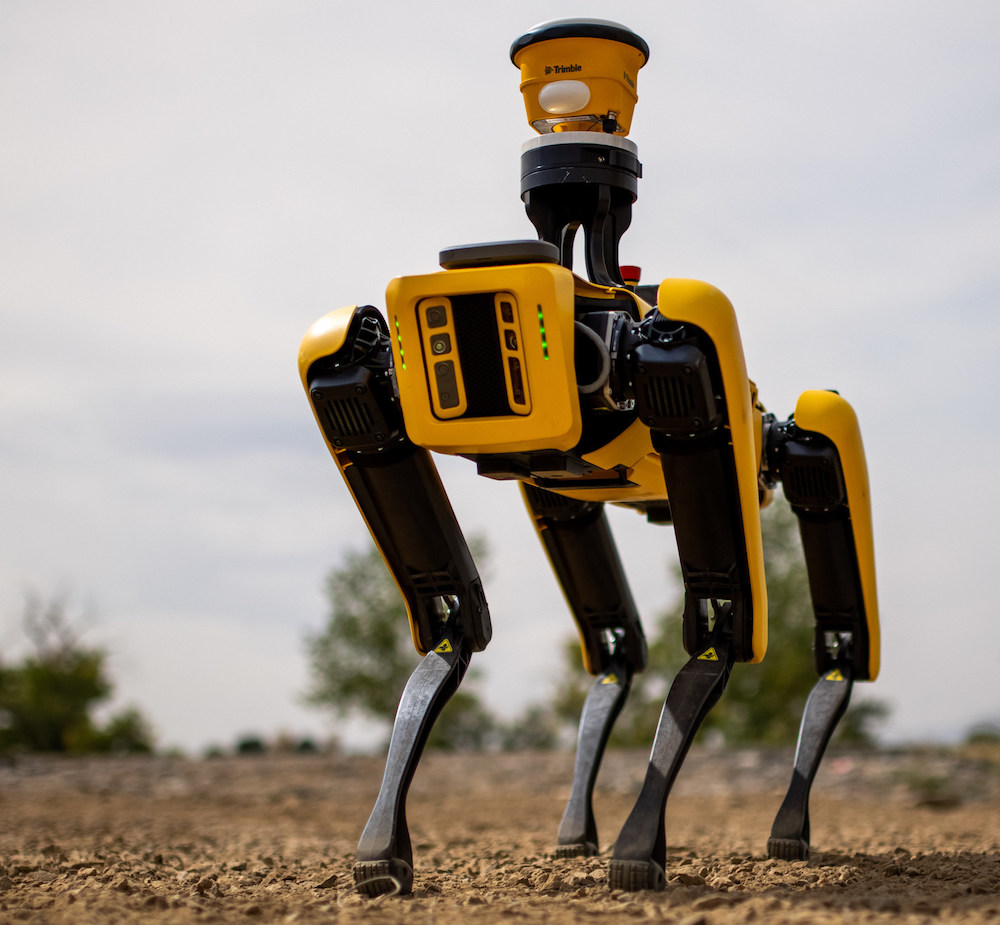
1. Hyundai acquires Boston Dynamics
While the deal was technically announced at the end of 2020, it wasn’t finalized until June, so we’re going to let this one slide. It’s hard to look back on the last year in robotics and not think about how it started.
Hyundai spend $880 million for 80% of Boston Dynamics, a company that has been passed between a few different hands in the last decade. In 2013, it was bought by Google, and then sold to Softbank in 2017. Softbank maintained a 20% stake in the company after the acquisition. Boston Dynamics often gains a lot of attention for the way that it has pushed the boundaries of the robotics industry, from Spot the robotic dog to Atlas.
However, there’s been a question about how commercially viable the company is. Six months before the acquisition was announced, Spot became commercially available. In that time, Boston Dynamics had sold about 400 robots. Read Story
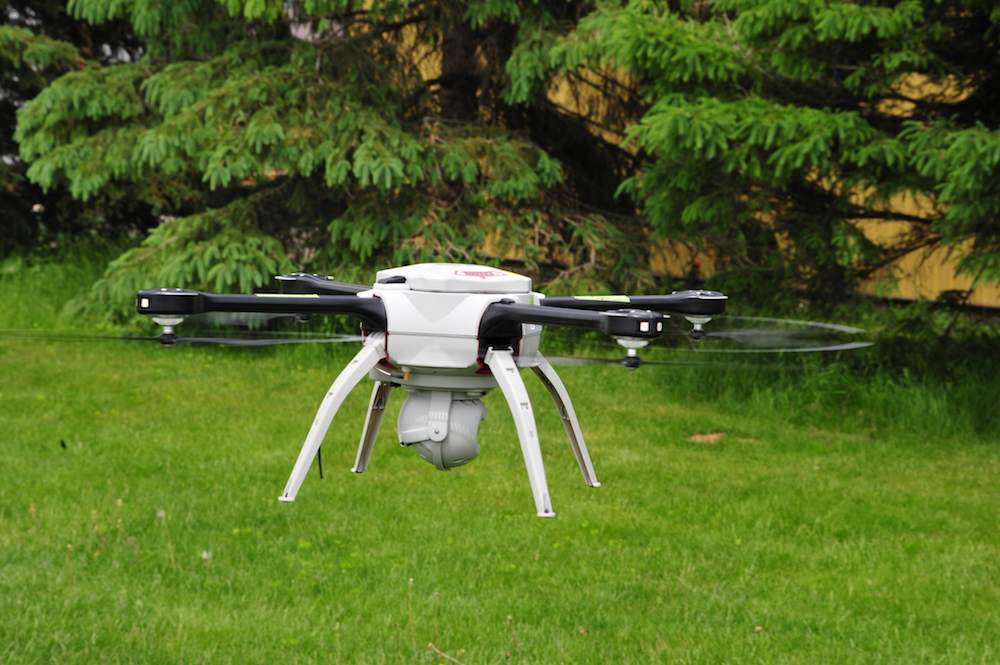
2. Teledyne acquires FLIR
Just a few days into the new year, Teledyne announced that it would acquire FLIR for $8 billion in a cash-and-stock deal that gave Teledyne an opportunity to beef up its product portfolio.
While the two companies had similar product offerings, like sensor systems, cameras and unmanned systems, there wasn’t much overlap between the two. The sensors were build on different semiconductor technologies for different wavelengths, and Teledyne created unmanned systems for maritime drones, while FLIR makes them for aerial drones and ground vehicles. The combined companies have an edge in the unmanned vehicle field, as it can produce the sensors and cameras for its systems in-house. Read Story

3. Vicarious Surgical SPAC deal
Special purpose acquisition company (SPAC) deals seemed to be its own trend in 2021, as several robotics companies went public through SPACs throughout the year. Vicarious stands out among them because of the company’s presence in the surgical robotics space.
Vicarious is among a dozen companies that are major players in the robot-assisted surgery field. In the $1.1 billion deal, Vicarious merged with Hong Kong based D8 Holdings. Other important players in the field, like former Medtronic CEO Omar Ishrak, former Verb Surgical and Volcano Corp. CEO Scott Huenneken and former iRythm COO Karim Karti, are chairing their own SPACs. Read Story
![American Robotics]() 4. Ondas acquires American Robotics
4. Ondas acquires American Robotics
At the beginning of 2021, American Robotics made news by becoming the first company that the Federal Aviation Administration (FAA) had approved to fly drones beyond-visual-line-of-sight without a human operator on the ground. This approval could have brought Ondas’ attention.
In 2017, American Robotics was the first resident of MassRobotics, the Boston-based non-profit organization serving as the innovation hub for robotics and connected devices. The company’s fully-automated commercial drone system Scout is designed for data gathering applications in industrial, agricultural and governmental settings. The acquisition bodes well for the drone industry as a whole. Read Story
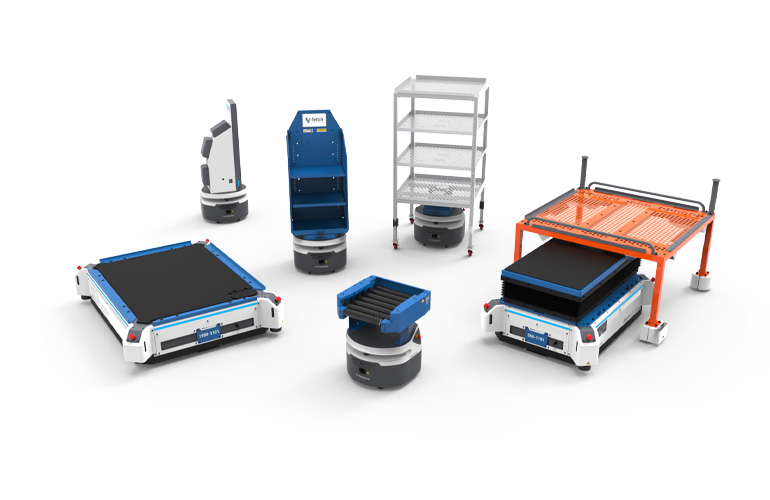
5. Zebra Technologies acquires Fetch Robotics
July saw four major acquisitions that made it on to this list, Zebra Technologies acquiring Fetch Robotics being the first. The $290 million acquisition makes Zebra a one-stop-shop for warehouse technology needs. Fetch Robotics develops autonomous mobile robots (AMRs), the product missing from Zebra’s offering. AMRs saw a lot of growth in 2021, particularly in acquisitions. Read Story
![Aurora Toyota Denso]() 6. Aurora SPAC deal
6. Aurora SPAC deal
In a SPAC deal with Reinvent Technology Partners Y, Aurora went public. The combined company, Aurora Innovation Inc, was valued at $13 billion after the merger.
Aurora develops an L4 autonomous driving system for robotaxis and semi trucks. Aurora continues the SPAC trend, as well as a trend of autonomous vehicle companies going public, like Embark, Plus and TuSimple. Prior to the acquisition, Aurora acquired Uber’s self-driving division. Read Story
![]() 7. Novanta acquires ATI Industrial Automation
7. Novanta acquires ATI Industrial Automation
Novanta acquired ATI Industrial Automation for $172 million less than a week after Novanta acquired Schneider Electric Motion USA for $115 million. The acquisition expands Novanta’s presence in the robotics industry, and increases its customer base and IP portfolio.
ATI develops end-of-arm tooling like robotic changing systems, force/torque sensors, and collision sensors for industrial, collaborative and medical robotic applications. Novanta is a supplier of technology solutions for medical and advanced equipment manufacturers, but didn’t have any end-of-arm tooling in its portfolio. Read Story

8. ABB acquires ASTI Mobile Robots
Like Zebra Technology’s acquisition of Fetch Robotics, this $190 million acquisition is an example of an establish robotics company adding AMRs to its portfolio. ABB already produced industrial and collaborative robots, but was one of the biggest robotics providers at the time that didn’t have an AMR. ABB is the fourth biggest robotics provider in the world.
The acquisition gives ASTI the opportunity to expand its customer base from 20 to over 50 companies. Prior to the acquisition, ASTI made $50 million a year, and was growing 30% annually. Read Story
![]() 9. Locus Robotics acquires Waypoint Robotics
9. Locus Robotics acquires Waypoint Robotics
Unlike ABB or Zebra Technology, Locus Robotics was already an AMR producer when it acquired fellow AMR company Waypoint Robotics. However, Waypoint’s AMRs were capable of higher payloads than Locus’. Waypoint’s heavy-duty payload capabilities opens up a new market for Locus.
That wasn’t the only factor driving the acquisition, however. Jason Walker, CEO and co-founder of Waypoint Robotics, expressed concern that Waypoint could be muscled out of the market by bigger companies producing AMRs. The acquisition gives Waypoint more legitimacy in the industry, as Walker said that companies were concerned about working with a smaller AMR producer. Read Story
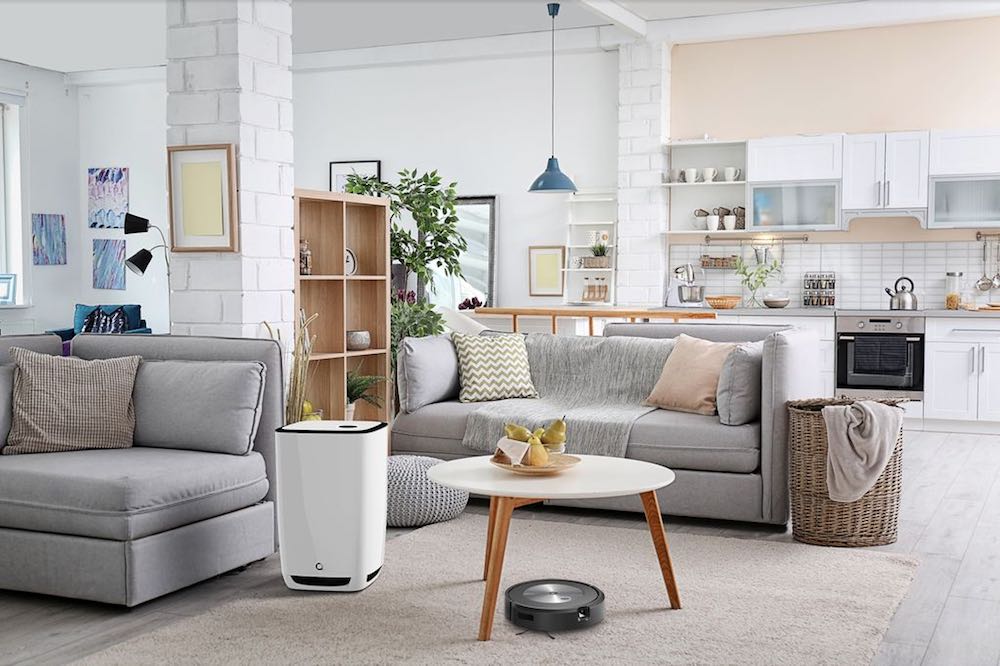
10. iRobot acquires Aeris Cleantec AG
iRobot is best known for its household vacuuming Roomba robots. However, this acquisition is, according iRobot chairman and CEO Colin Angle, the least robotic thing the company has ever done. iRobot paid $72 million for the Switzerland-based air purifier company.
While the acquisition supports iRobot’s smart home focus, and the company plans to add new features and functionality to Aeris’ products, the company seems to be moving away from the household robotics it became famous for. The acquisition is iRobot’s first non-robotics product acquisition, but not it’s first non-robotics product. Earlier in 2021, iRobot introduced its H1 handheld vacuum. Read Story
Honorable Mentions
It’s hard to pick out only 10 important acquisitions, so here are a few that didn’t quite make the list. In April, Brooks Automation acquired Precise Automation for $70 million, expanding Books’ product line into collaborative robots and automation subsystems. In the same month, Woven Plant Holdings, a Toyota subsidiary, acquired Lyft’s self driving unit, Level 5, for $550 million. This comes after Aurora bought Lyft’s self driving unit in 2020, as companies seem to be realizing that developing autonomous vehicles will be more expensive than they previously thought. Finally, in August, John Deere acquired Bear Flag Robotics for $250 million. Jahmy Hindman, CTO at John Deere, said that the company sees autonomy as an important step forward for farming.
Credit: Source link


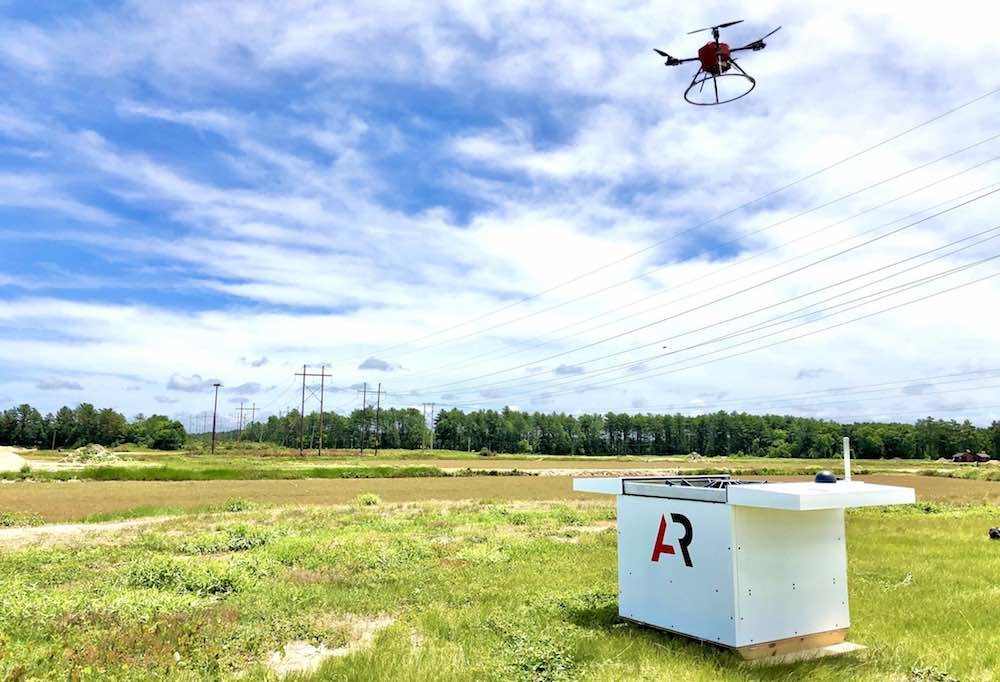 4. Ondas acquires American Robotics
4. Ondas acquires American Robotics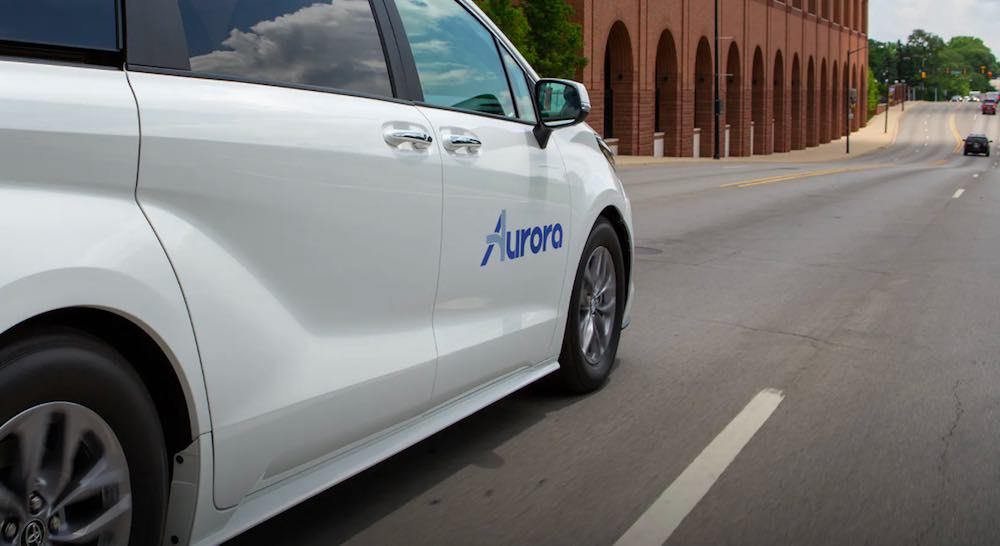 6. Aurora SPAC deal
6. Aurora SPAC deal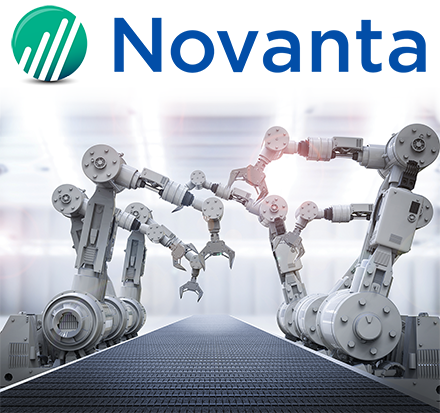 7. Novanta acquires ATI Industrial Automation
7. Novanta acquires ATI Industrial Automation 9. Locus Robotics acquires Waypoint Robotics
9. Locus Robotics acquires Waypoint Robotics
Comments are closed.